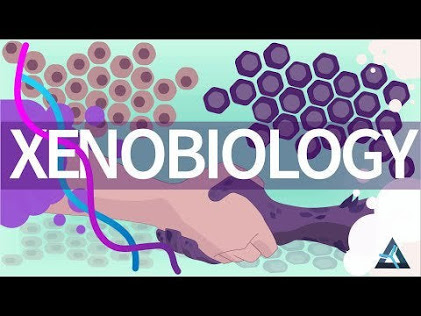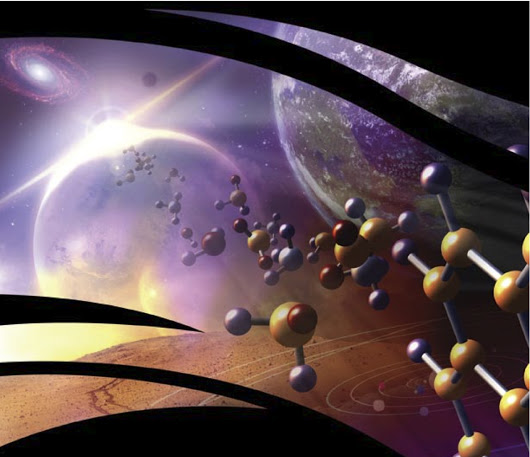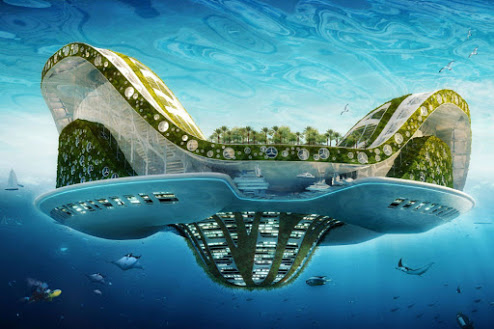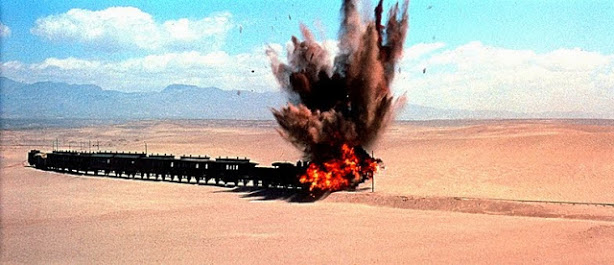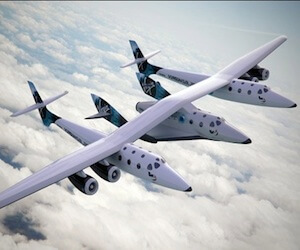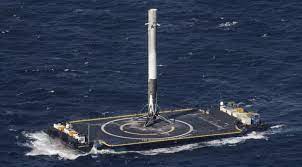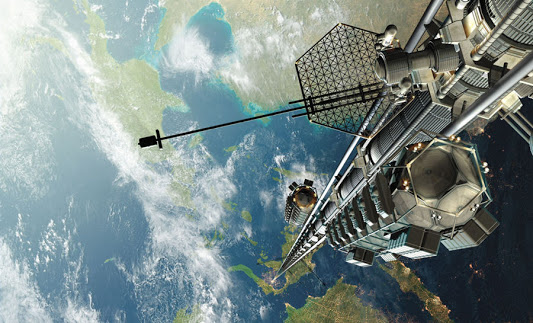My goal in the 2021 A2Z Challenge was to complete a novel I started a few years ago but which has languished for lack of love (writing!). Each Post, daily in April (Sundays excepted), was to consist of some aspect of the novel plus a chapter from it. I hope that the Alphabetical items will give a bit of extra background, muse on the writing process, but most of all, help me develop certain ideas to improve the novel. I had 12 chapters already written at the beginning of the month but my day job has taken too much time and I have only completed another two. So although I hope to complete some more chapters before the end of April, I will continue with these posts for sure. If you have been following the novel and would like to receive the balance of the book then please leave an email in the comments…
This post considers the oil industry and whether it would exist in any future setting.
If we had the chance to start over on some pristine planet (such as Hawaii 2 in my book “Train Wreck”) would we have an oil industry.
Firstly – this begs the question, would there be oil on other planets?
There is, in geology, a Principle of Uniformitarianism which says, in a nutshell, that processes that can occur in one place and time, can occur anywhere. So that means that all planets can evolve according to the same rules and whilst they might be different due to their size, composition, and distance from their star, all things being equal, a planet like Earth could very well exist and support carbon-based life forms including those that lead to the formation of oil deposits. If there are tree-like forms, there will be coal, if there are plants, algae and bacteria equivalents (and there almost certainly will be – at least bacteria) in seas, then there will be oil. In the course of Earth’s geological history, there have been many different ages – long periods of stability then sudden changes to quite different climate and conditions. Certain ages favoured the creation of coal (the Carboniferous period) and others that of oil as that organic material sank to the bottom of the oceans and was eventually buried and transformed into oil.
Secondly and more importantly, would we want or need to use that oil if we found it?
Crude oil is a thick, sticky substance – it can be seen at the surface at the La Brea tar-pits where it has trapped and preserved many hapless animals over time. When refined, broken down into it’s constituent parts (fractionated), crude oil yields a plethora of chemicals, from the lightest, most liquid such as petroleum and kerosene, it yields lubricants (oils), through the substances used to make plastics, to the bitumen we use to make tarmac roads. Which was handy for the evolution of the age of the motor vehicle – crude oil gave us the fuel, plastic for components as well as the material that binds the roads vehicles run on.
When I was a boy, oil reserves were synonymous with “energy” reserves, but now that we understand the consequences (unintended), of burning all those fossil fuels, we are having to regard oil as “stores of locked up carbon” – the burning of which, release carbon, as carbon dioxide, a greenhouse gas, back into the atmosphere. This is not new – humans have been contributing to climate change for millennia by cutting down trees either to burn for fuel, or to clear land for agriculture since trees remove CO2 from the atmosphere and lock it up.
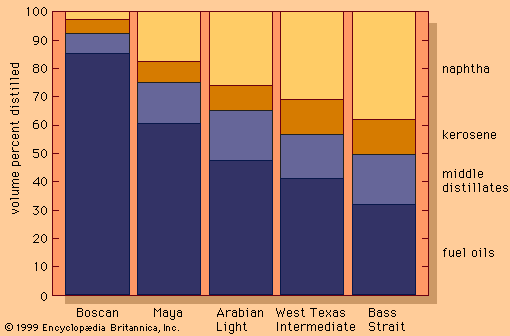
In “Train Wreck”, the Earth, original home to the human race, now scattered across three planets, was destroyed as a habitat by a combination of climate change and other forms of pollution. The colonists are painfully aware of what human activities are capable of doing to something as large as a planetary ecosystem and ecological sciences are some of the most advanced that they carry with them to their new homes. Hence the greening of the deserts on Hawaii 2 by using tree planting and irrigation to produce a self-sustaining climate change of a positive kind!
So back to the question – if they found oil deposits on a new planet, would the use them? Well the plethora of chemicals found in oils have so many applications beyond simply using them as fuel that it is hard to resist the idea of using them. Other things besides internal combustion engines need lubricating and plant oils do not always meet the specifications. Burning fossil fuels to a limited, could be off-set by planting trees. Plastics are not he devil, but some of the uses of plastic are! The phrase “Unnecessary Plastic Objects” has never had greater resonance as we start to see micro-plastics turning up in the oceanic food chain (of which we partake) and even in the deep oceans.
If motor vehicles had not been invented at the beginning of the 20th Century, then our cities would not have sprawled such that, for those living in the suburbs, life without a car is difficult. on a new planet, planning could obviate the need for cars which besides their polluting fuels, are a huge waste of resources and more energy just to produce. But we have always had vehicles and I hardly think the new ecology of future planets would involve a return to donkeys and horse-drawn carts! What are the alternatives? Motor cars began around the same time as universal electrification, but electric cars were not a missed turning on the road to the present. In fact even in the present, electric cars are still at the expensive new tech stage and the pressure to create better batteries is intensifying – eventually they will become better and cheaper through greater mass production. But just as control of, or access to, the best oil resources has led to wars and defined the political geography of Earth in the 20th Century, so access or control of the Rare Earths needed for the new tech may occupy a similar place in the 21st Century. China recognised the possibilities of the deposits within its territories and developed the industry so that it now supplies 55% of the world’s current demand. It turns out that these “rare” earths are actually quite common at the bottom of the deep oceans but you can imagine the environmentalist alarm at the suggestion that mining those would obviate dependence on China…
So there you go, the skinny on oil in science fiction because I cannot remember any science fiction book which referred to oil production (please correct me if I am wrong) – generally speaking, science fiction writers prefer futuristic magical thinking – flying cars, for example, that defy the laws of physics as we currently understand them. It has given me peculiar pleasure to use “Principle of Uniformitarianism” as a tag…
